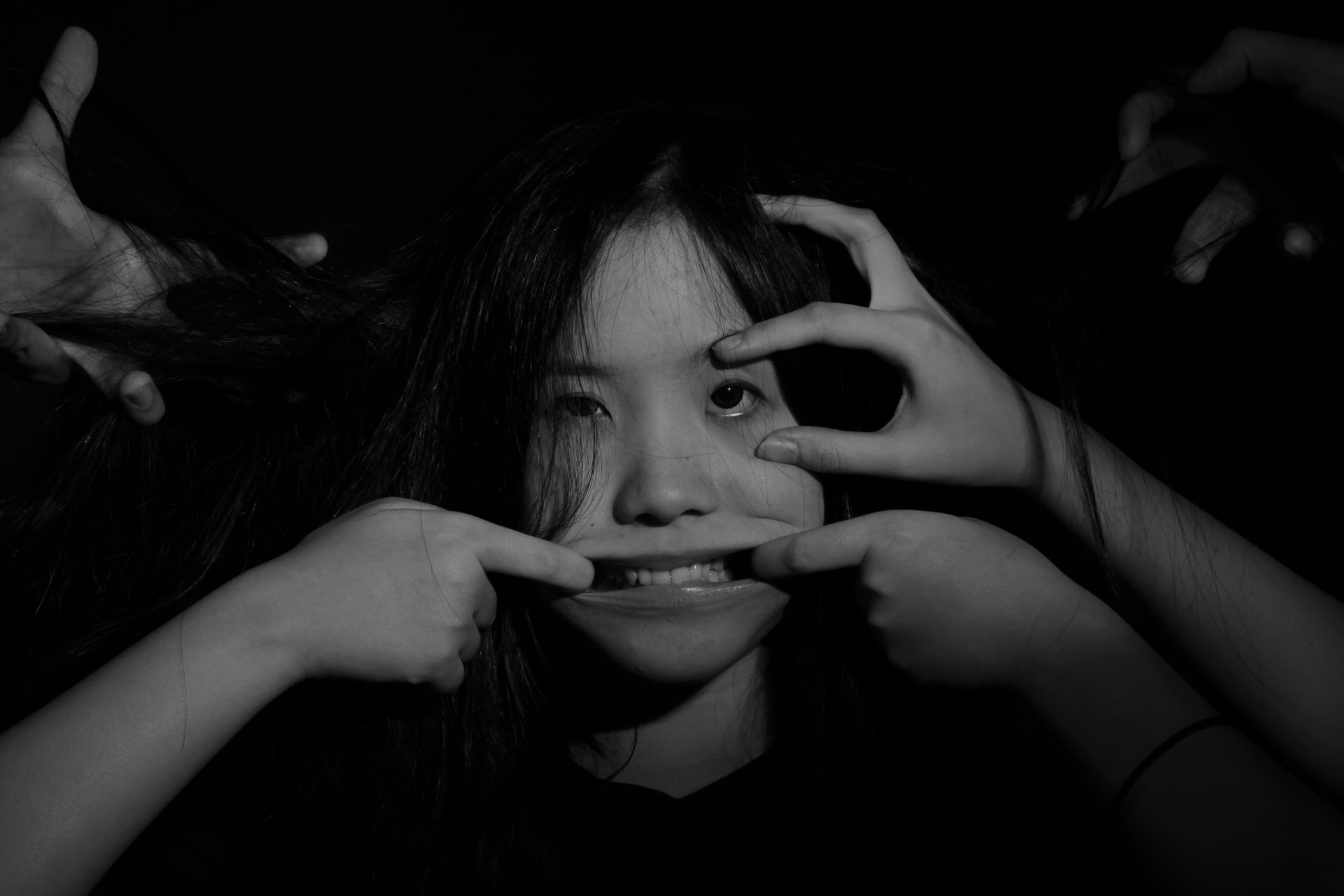Throughout our entire lives, beauty standards have always been all around us. Beauty standards have always had an impact on our lives. There are obvious things that they influence, like how we wear our hair on a particular day. But they can also influence our self-esteem and eating habits. They help shape cultures and eras and contribute to identities and worldviews. But despite there being positives to beauty standards, they can still pose as a danger. These are the ins and outs of beauty standards.
A Brief Overview of 2010s Beauty Standards
Beauty standards have been a constant in our lives for about as long as societies have been a thing. But, they are always changing, never staying the same for very long. In fact, even in the last 10 years, there have been huge changes in western beauty standards.
Throughout the 2010s, the rise of social media and had a lot of influence on beauty standards. Social media has allowed for fast trends and unrealistic beauty ideals to spread faster and further than ever before. Influencers and celebrities have gained more attention than ever before. The rise of reality TV shows was also a big part of the 2010s. Stars like the Kardashians have led the trends, such as make-up styles and curvier bodies for women.
Western beauty has also made many strides to becoming more inclusive. People of color have gotten a bigger variety of beauty products that actually match their skin tones, and those of the LGBTQ+ community, especially queer men, have started to carve out a bigger space for themselves in the world of beauty. There have been body positivity movements and discourse around self-love, as well as many male celebrities and K-pop culture helping to normalize skincare routines and makeup for men. These are the first steps that we have taken towards our collective goal of a world where everyone, regardless of age, gender, skin color, or any other factor, can confidently say that they are beautiful.
Beauty Standards and Social Media
The fact that social media can be dangerous is not a new idea to many of us. In fact, at this point, it can be tiring to constantly hear about the limitless number of things that could go wrong with social media. But fed up or not, this is an important discussion to have.
Compared to the entirety of human history, social media has been around for a very short amount of time. Because of that, there is still a limited amount of research on how social media affects self-esteem and body image, as well as aiding in the spread of beauty standards.
However, there has already been some studies, experiments, and surveys done on this issue. For example, The New York Times asked a number of teenagers through their daily Student Opinion forum about how social media affects the way they see themselves. In the many answers that they got, there seemed to be an agreement that social media could be harmful, if not detrimental, to their body image. The teenagers explained that even though they were well aware that many of the images they saw online were fake, it still got into their heads and made them wish for something to be another way, or to completely go away.
Beauty Standards and People of Color
It is no secret that the west emphasizes ideals that are more achievable for Caucasian folks. These standards seem to especially impact women of color. Silky, straight hair and delicate, prim features aren’t achievable for them. Many people believe that these white-centered beauty standards come from European colonization. European explorers imposed Western ideals onto the people they often called “dirty” and “uncivilized.” These standards have stuck around, and not just in the west. For example, many people in the Philippines will go to the extremes to achieve fairer skin.
In the 1940s, two psychologists, Kenneth and Mamie Clark, conducted an interesting study. They tested the racial preferences and perceptions of African-American children. The Clarks presented four dolls, two with black skin and two with white, to children of three to seven years. They asked questions such as “Give me the doll that is bad” and “give me the doll that you like to play with.” The result was that a majority of the children preferred the white dolls, and said that the black dolls were “bad.” Though the Clarks conducted this experiment 80 years ago, many people have since recreated the test with similar results.
Beauty Standards and Men
We as a society tend to sweep men’s beauty standards under the rug. This is especially true when we compare them to women’s beauty standards. However, that does not mean that men’s beauty standards do not exist, nor that we should not talk about them.
In the western world, men’s beauty standards have long been idealized by hyper-masculinity. When people think of an ideal man, many jump to the idea of a big, strong, muscular person who is a little rough at the edges. Unfortunately, standards like these can be very harmful to many people. People, such as men who beat themselves up for not looking the ideal. People who do not feel comfortable within traditional masculinity, both AMAB (Assigned Male at Birth) and otherwise. Not to mention, strong, macho-type standards for men help to perpetuate toxic masculinity and misogyny.
But there have also been strides for more inclusion within the last decade. For example, with the help of social media, many plus-sized men like Ben James have gained the platforms to speak out about their stories and experiences. Men of color have had more exposure than ever before through entertainment and modelling industries, especially since the Black Lives Matter movement sparked conversations all across the world. From the east, many male K-pop stars have started to change how people view masculinity with the aid of flamboyant outfits and stunning makeup looks. Slowly, but surely, the male beauty standard is also starting to change.


